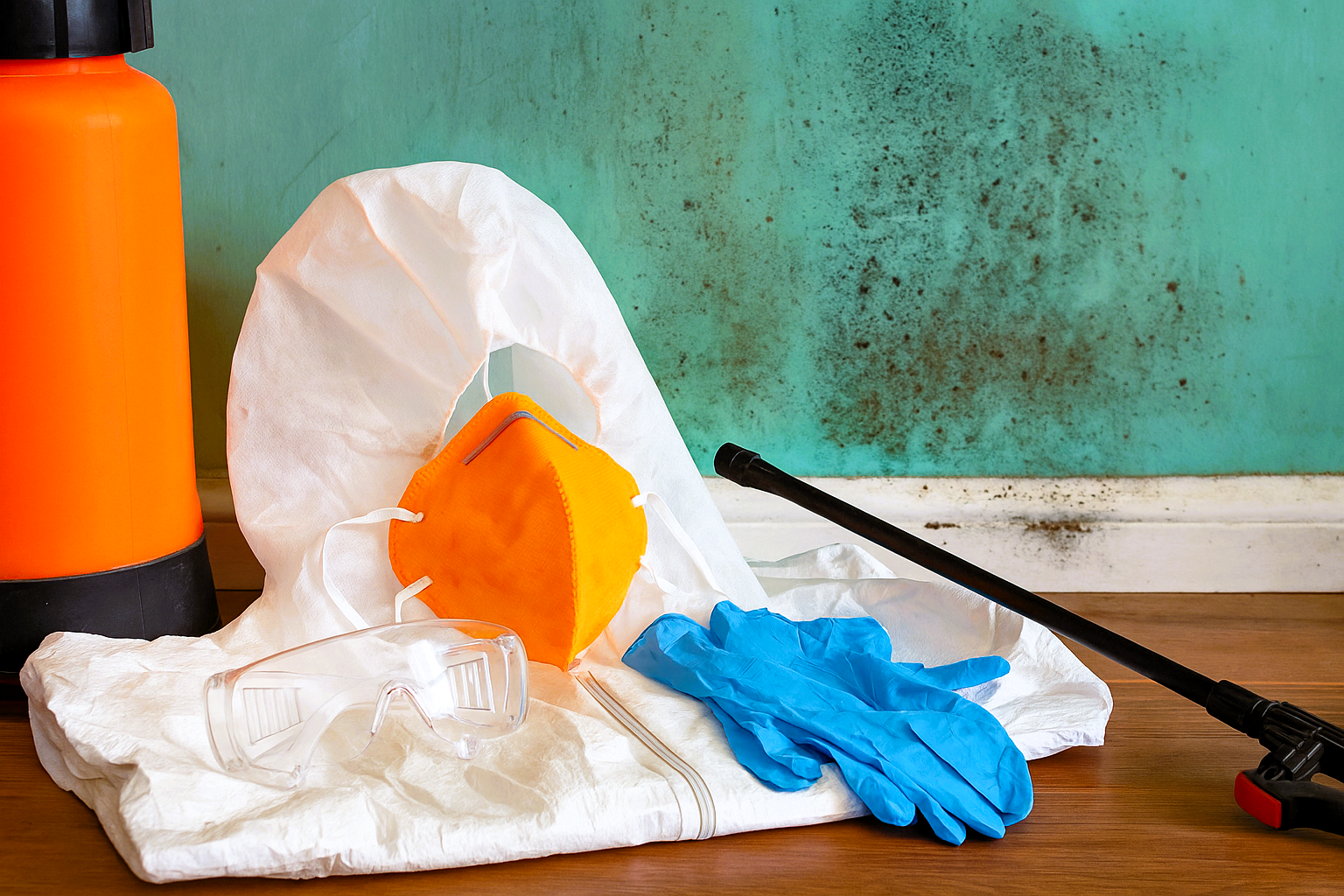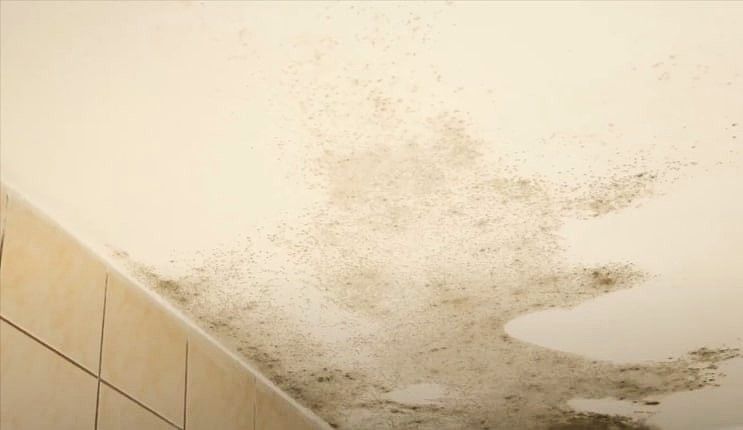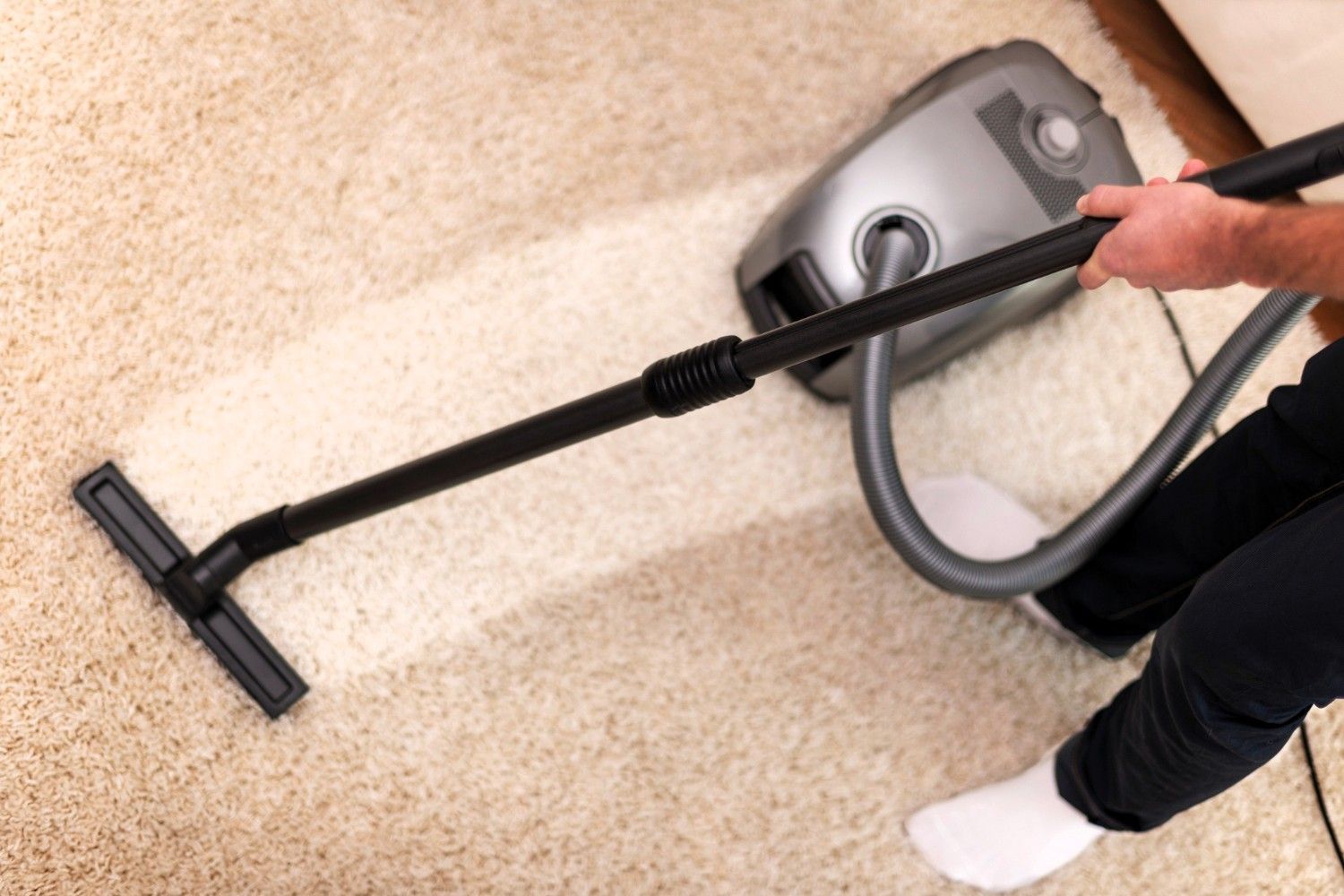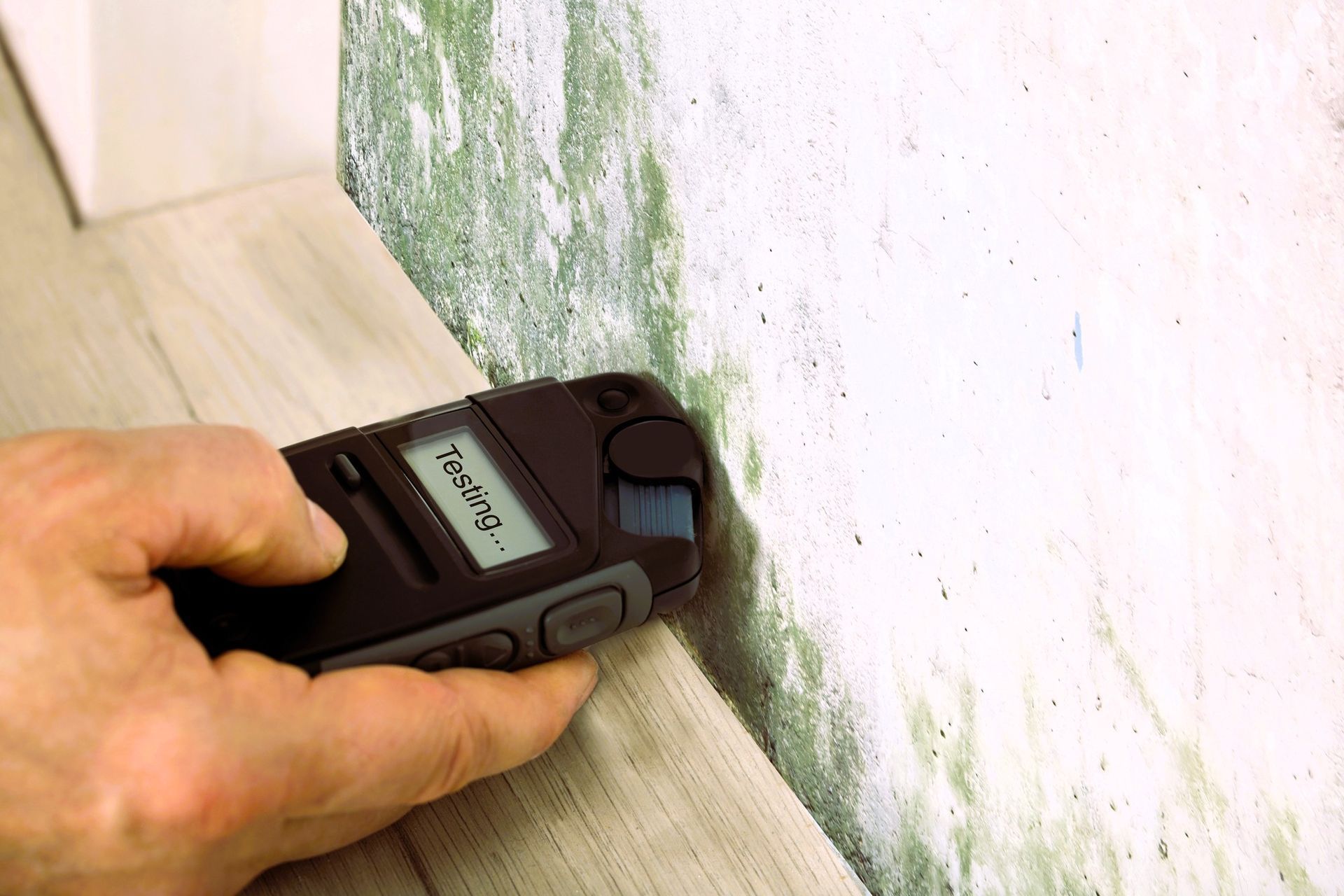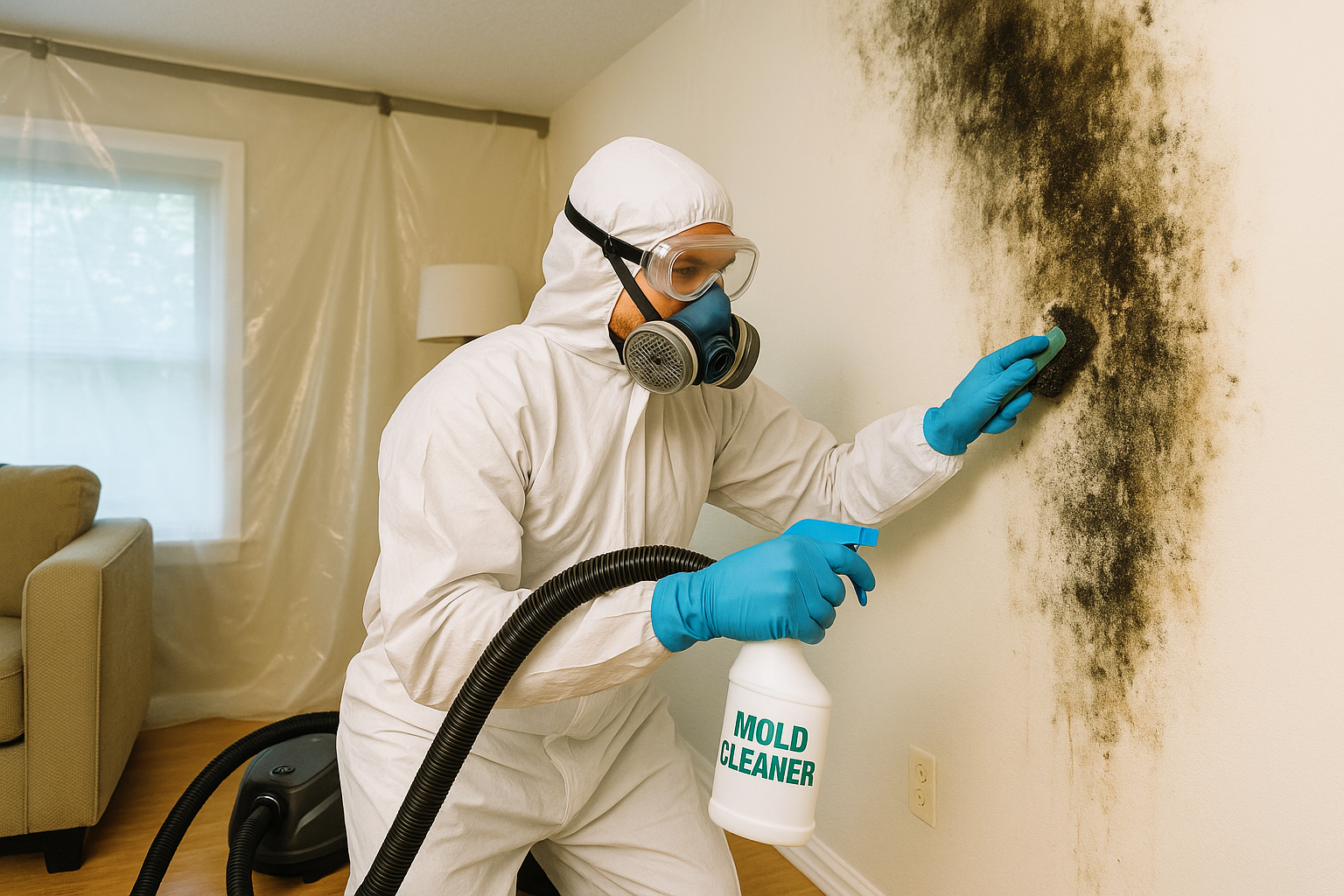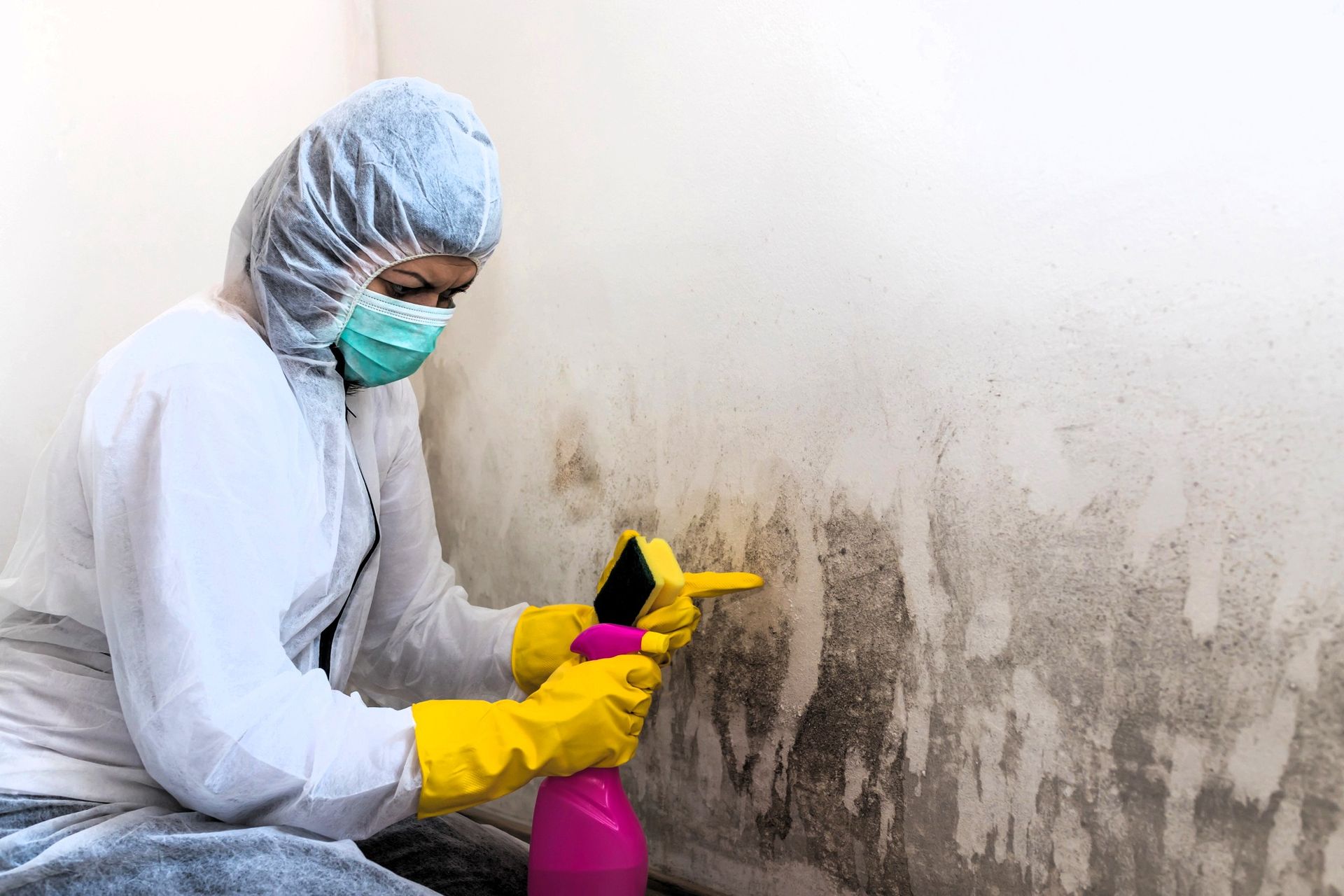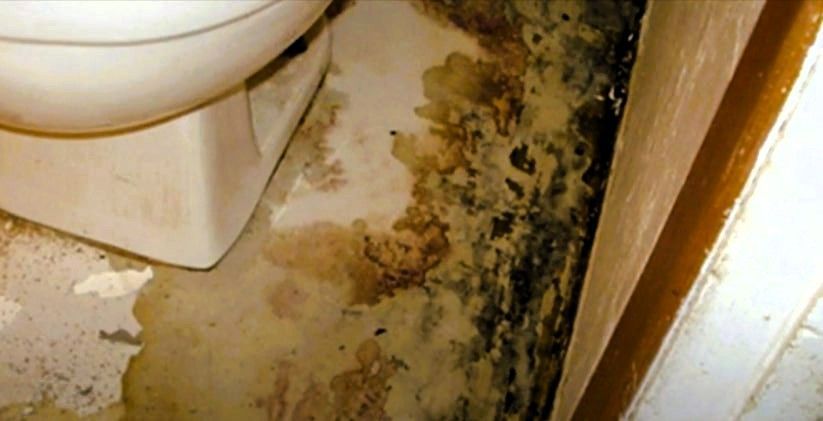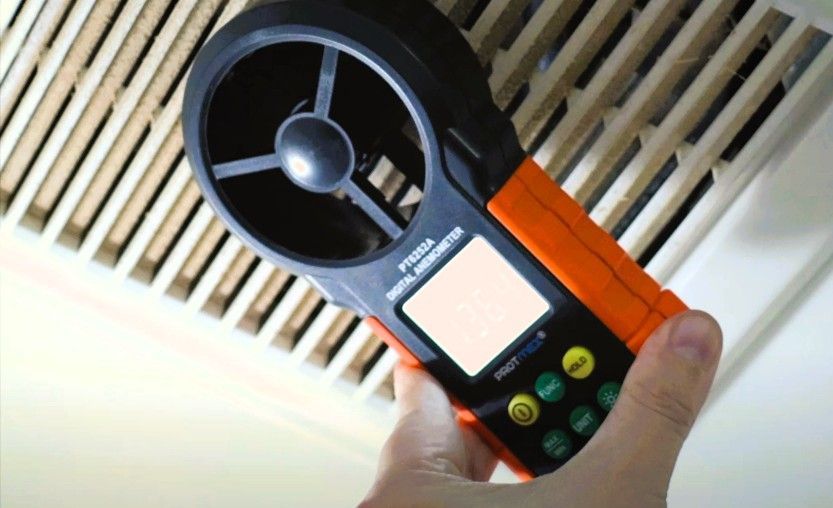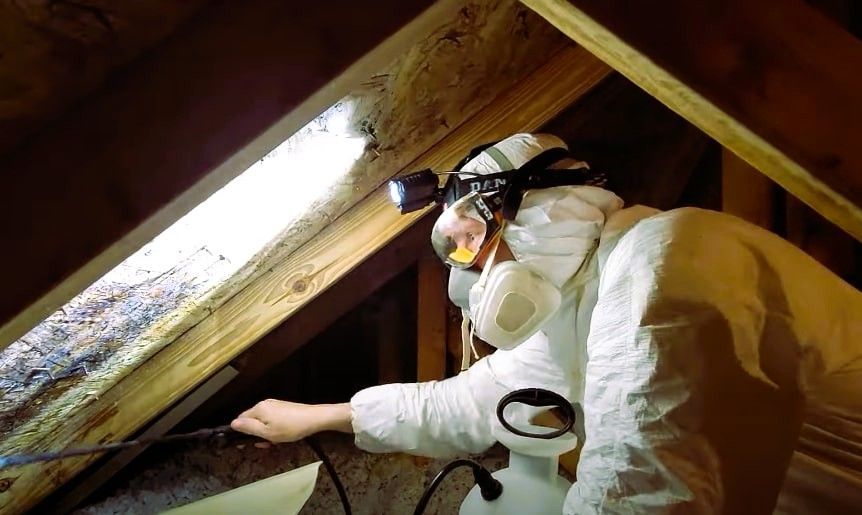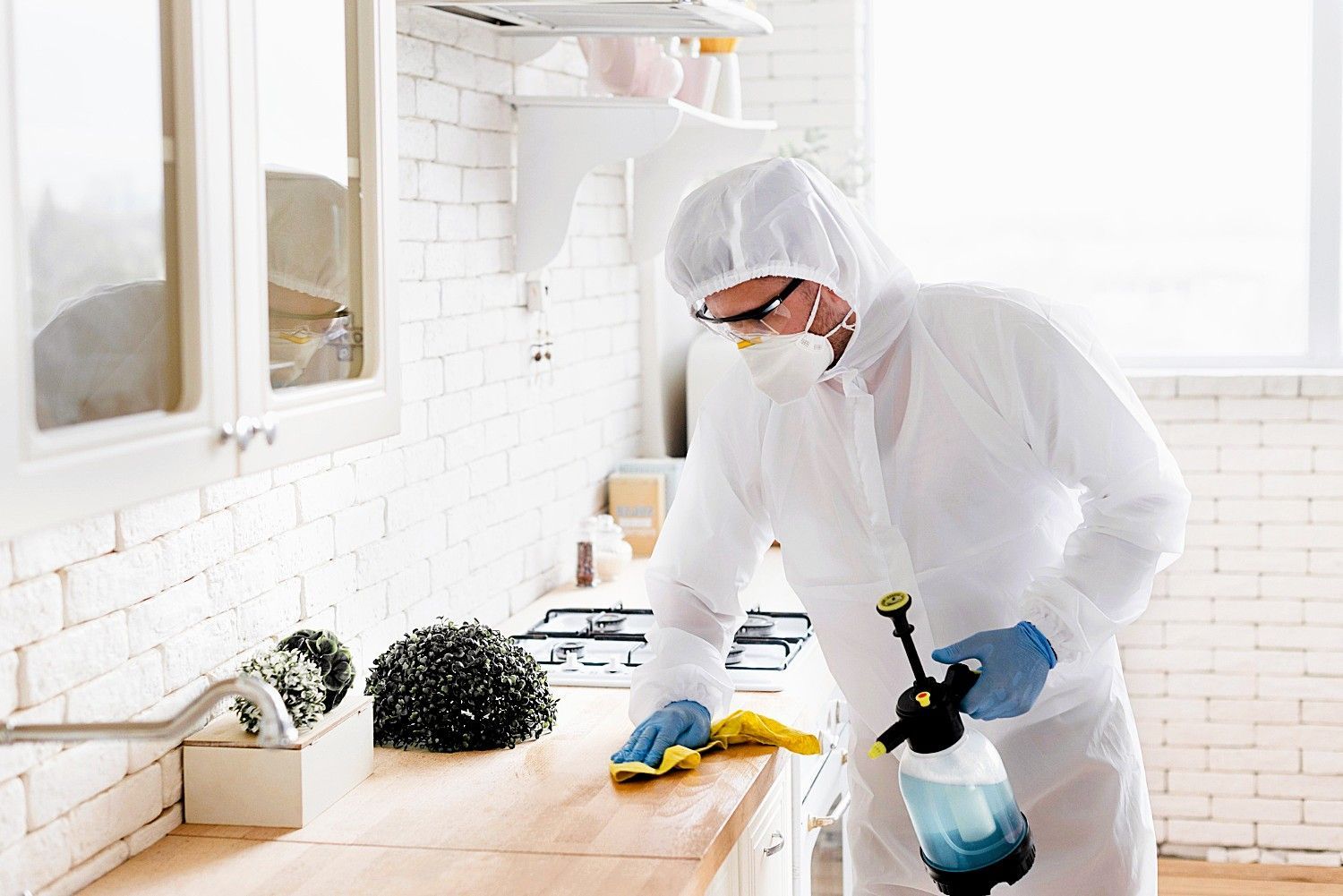Mold Inspection Checklist for Homeowners: What You Should Know to Keep Your Home Safe
Essential mold inspection tips every homeowner should know
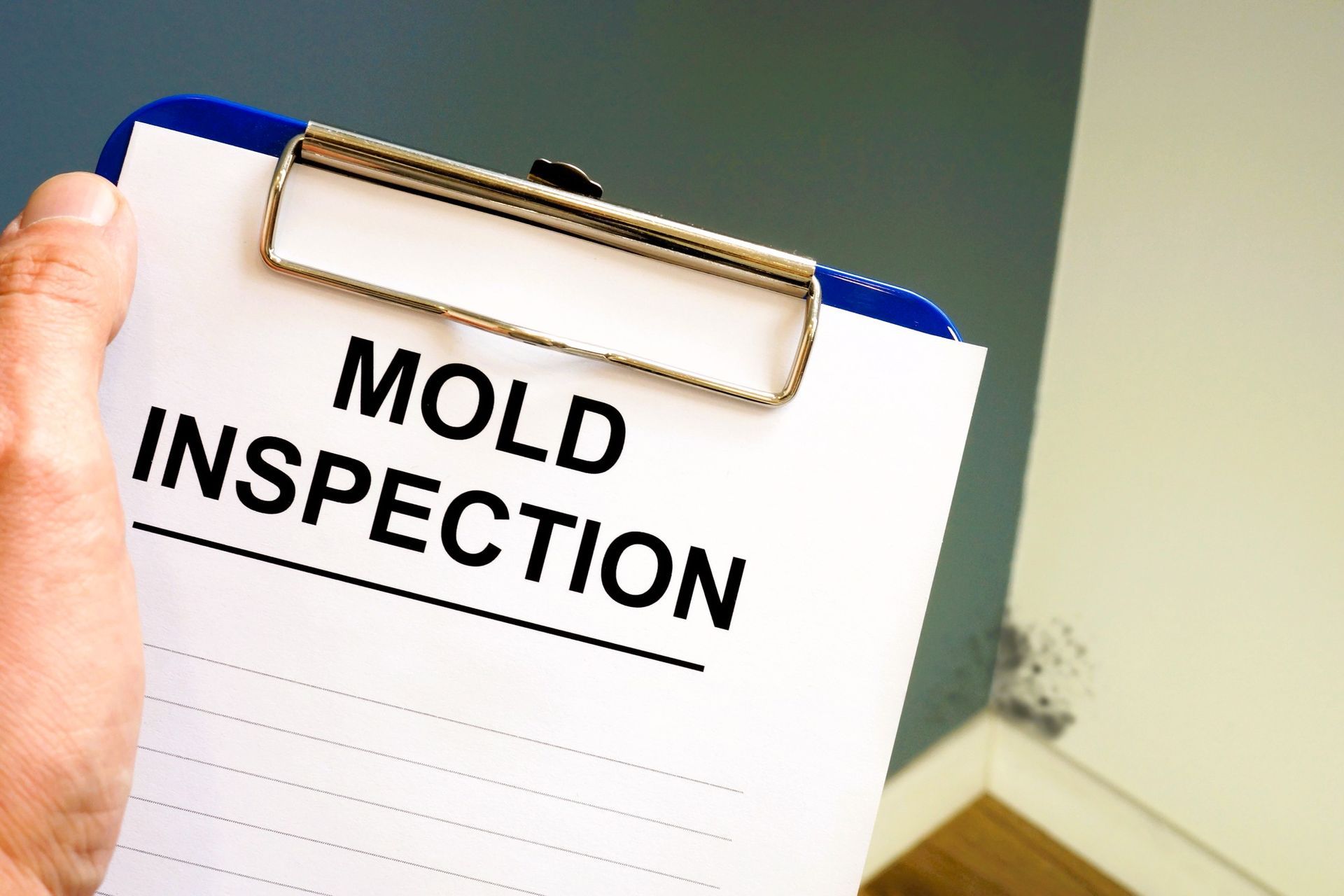
Owning a home comes with its fair share of responsibilities—from leaky faucets to drafty windows. But one issue that often sneaks under the radar is mold. It can hide out in places you rarely think to check and may not be obvious until it becomes a bigger (and more expensive) problem. What looks like a small spot or a strange smell can actually signal deeper moisture issues behind walls, under flooring, or inside your ventilation system.
The good news? A thorough mold inspection—done by you or a professional—can help catch the signs early. Use this checklist to spot trouble before it escalates.
1. Trust Your Nose: Is There a Musty Smell?
One of the earliest warnings of hidden mold is that telltale musty odor. It often shows up before you see any visible signs. Mold likes to grow in low-airflow areas like closets, basements, and attics, especially behind walls or inside ductwork. If a room smells damp or earthy and you can’t find the source, it’s worth a closer look.
2. Look Closely for Discoloration or Strange Growths
Mold can show up in different ways: black specks, green fuzz, or white patches. You’re most likely to find it in places that stay damp, like bathrooms, laundry rooms, and around sinks or windows. Check tile grout, ceiling corners, and under sinks. If something looks like grime but resists normal cleaning, it could be mold.
3. Watch for Signs of Water Damage
Stains on ceilings, peeling paint, warped baseboards, or bubbling walls are all signs of moisture—and where there’s moisture, mold may follow. Even if a leak has been fixed, leftover dampness behind the walls or under flooring can still cause mold to form. These clues often point to past water exposure that wasn’t fully dried out.
4. Keep an Eye on Humidity Levels
Mold thrives in humid environments—typically when indoor humidity rises above 60%. Rooms like basements and bathrooms with poor ventilation are especially at risk. A simple humidity meter can help you track conditions in your home. Ideally, you want levels between 30% and 50%. Foggy windows and mirrors that stay steamed up are signs your air may be too moist.
5. Check Your Heating and Cooling System
Your HVAC system can spread mold throughout your home if it’s contaminated. Take a moment to check your vents and filters. Dark streaks, unusual dust, or musty smells when the system runs can all be red flags. Regular maintenance, including duct cleaning and filter changes, can help stop mold from traveling room to room.
6. Don’t Forget the Attic and Basement
Out-of-sight doesn’t mean out-of-risk. Attics can trap heat and moisture, especially if ventilation is poor or there’s been a roof leak. In the basement, look for damp walls, standing water, or floor cracks. Both spaces are prime real estate for mold—especially if they smell stale or feel damp year-round.
7. Take a Walk Around the Outside
Issues with drainage around your home can easily lead to mold inside. Clogged gutters, short downspouts, or ground that slopes toward your foundation can allow water to seep into the basement or crawl space. Walk around your home after a rainstorm and see if water is pooling near the base—this could be a sign that moisture is getting in.
8. Revisit Any Past Water Incidents
Has your home ever experienced a plumbing leak, roof issue, or flooding? Even if things were cleaned up quickly, moisture could still be lingering behind the scenes. Mold doesn’t always grow immediately, so it’s important to monitor those areas over time—even if everything looks normal.
9. Consider Mold Testing if Symptoms Persist
If you or your family are experiencing allergy-like symptoms—such as sneezing, coughing, or headaches—that seem to get worse at home, hidden mold might be the cause. Home test kits are available, but for accurate results, a professional inspection is often the best option.
10. Bring in the Experts When You Need Backup
At some point, a flashlight and nose won’t cut it. Mold inspectors use tools like thermal cameras and moisture detectors to find mold you’d never spot on your own. If you’re remodeling, selling your home, or just want peace of mind, having an expert take a look is a smart decision.
Don’t Wait—Protect Your Home Now
Mold won’t go away on its own. The longer you wait, the more damage it can cause—and the more expensive it gets to fix. Catching it early makes a big difference in keeping your home safe, healthy, and structurally sound.
If you’re not sure where to begin, Grand Rapids Mold Relief is here to help. Serving homeowners across West Michigan, their experienced team specializes in identifying mold at the source and resolving it safely. Whether you’ve seen signs of mold or just want peace of mind, they’ll provide a thorough inspection and clear guidance on what to do next.
Schedule your mold inspection with Grand Rapids Mold Relief today—and take the first step toward a cleaner, healthier home.
